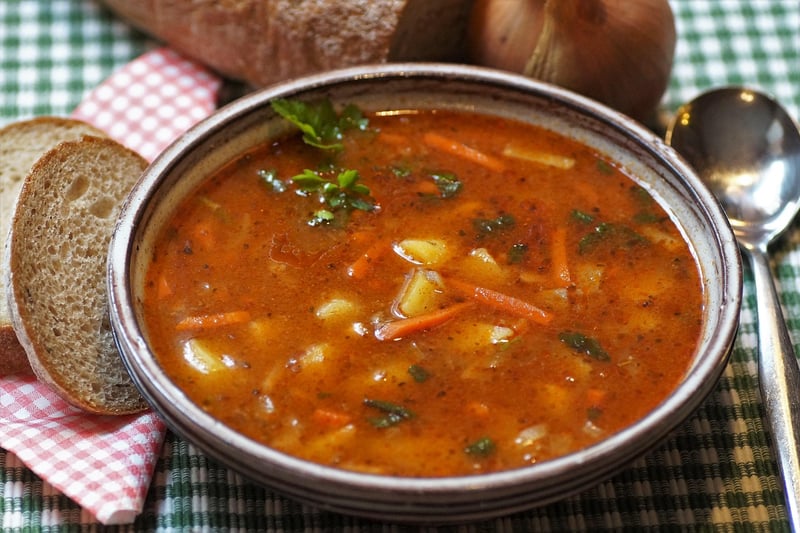Gastronomic History
Exploring the Rich Tapestry of Food Heritage and Gastronomic History
Food is not just sustenance; it is a reflection of culture, history, and tradition. The culinary landscape of any region is a rich tapestry woven from the threads of its food heritage and gastronomic history. Let's delve into the fascinating world where flavors, ingredients, and techniques come together to tell stories of generations past.
The Importance of Food Heritage
Food heritage encompasses the recipes, cooking methods, and eating habits that have been passed down through generations. It is a way of preserving cultural identity and connecting with our roots. Each dish carries the legacy of its creators, the stories of hardship and joy, and the essence of a particular time and place.
Exploring Gastronomic History
Gastronomic history delves into the evolution of food culture, tracing the origins of ingredients, recipes, and culinary traditions. It explores how trade, migration, and conquest have shaped the way we eat today. Through gastronomic history, we can understand the influences that have shaped cuisines around the world.
Uncovering Culinary Traditions
Every dish has a story to tell, whether it's the spicy flavors of Indian curry, the comforting warmth of Italian pasta, or the umami richness of Japanese sushi. By exploring culinary traditions, we can appreciate the diversity of flavors and techniques that make each cuisine unique.
Preserving Food Heritage for the Future
As we embrace modernity and globalization, it becomes increasingly important to preserve our food heritage for future generations. By documenting recipes, sharing cooking techniques, and passing down culinary knowledge, we ensure that the flavors of the past continue to thrive in the kitchens of tomorrow.
Embracing Diversity in Food
Food heritage and gastronomic history celebrate the diversity of our world. From street food stalls to Michelin-starred restaurants, each bite we take tells a story of cultural exchange and culinary innovation. By embracing diversity in food, we open ourselves up to new flavors, experiences, and connections with others.
Conclusion
Food heritage and gastronomic history offer us a window into the past, a taste of tradition, and a connection to our cultural roots. By exploring the rich tapestry of flavors and stories that make up our culinary world, we can savor not just the food on our plates but also the history and heritage that have shaped it.


